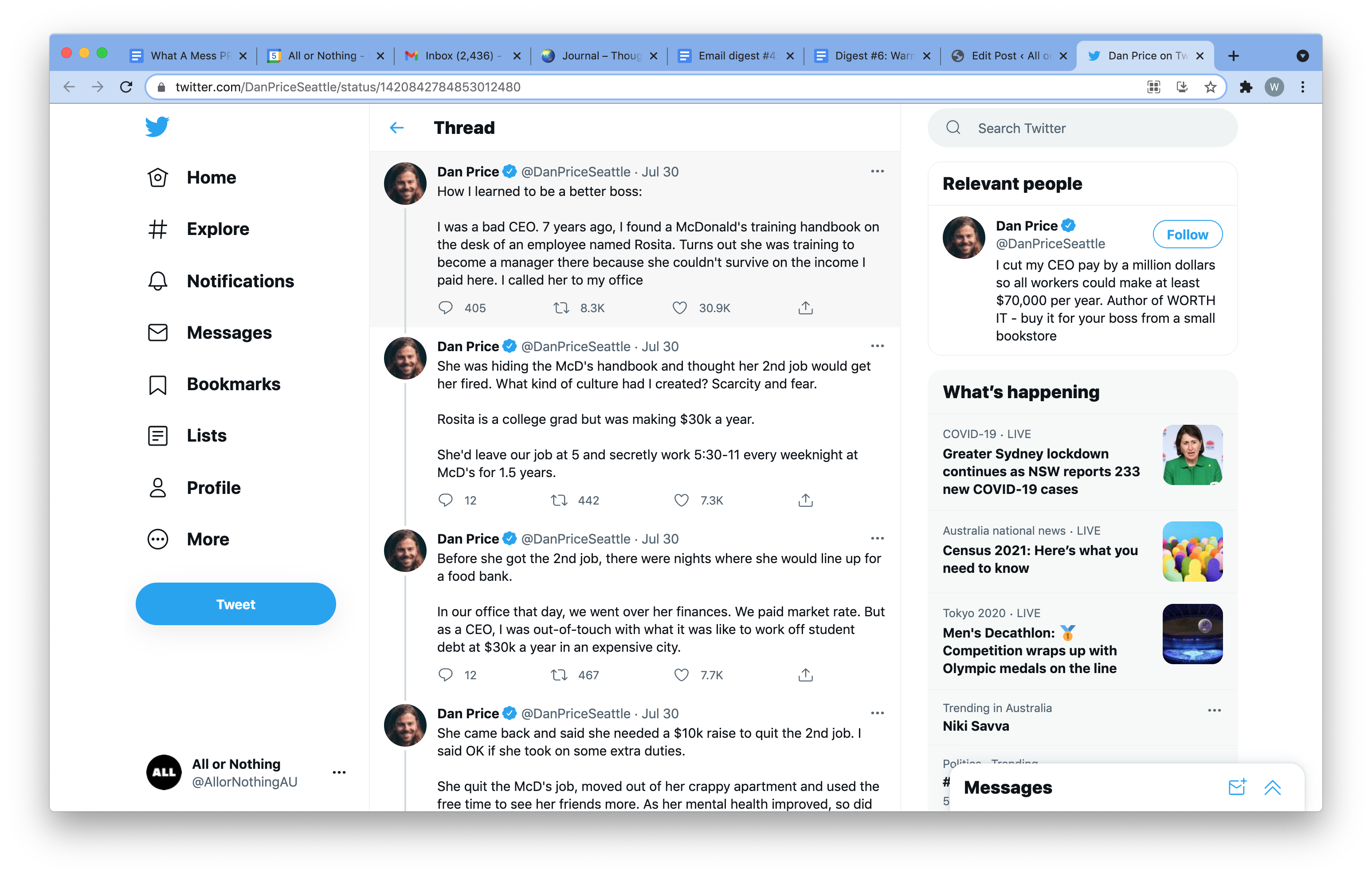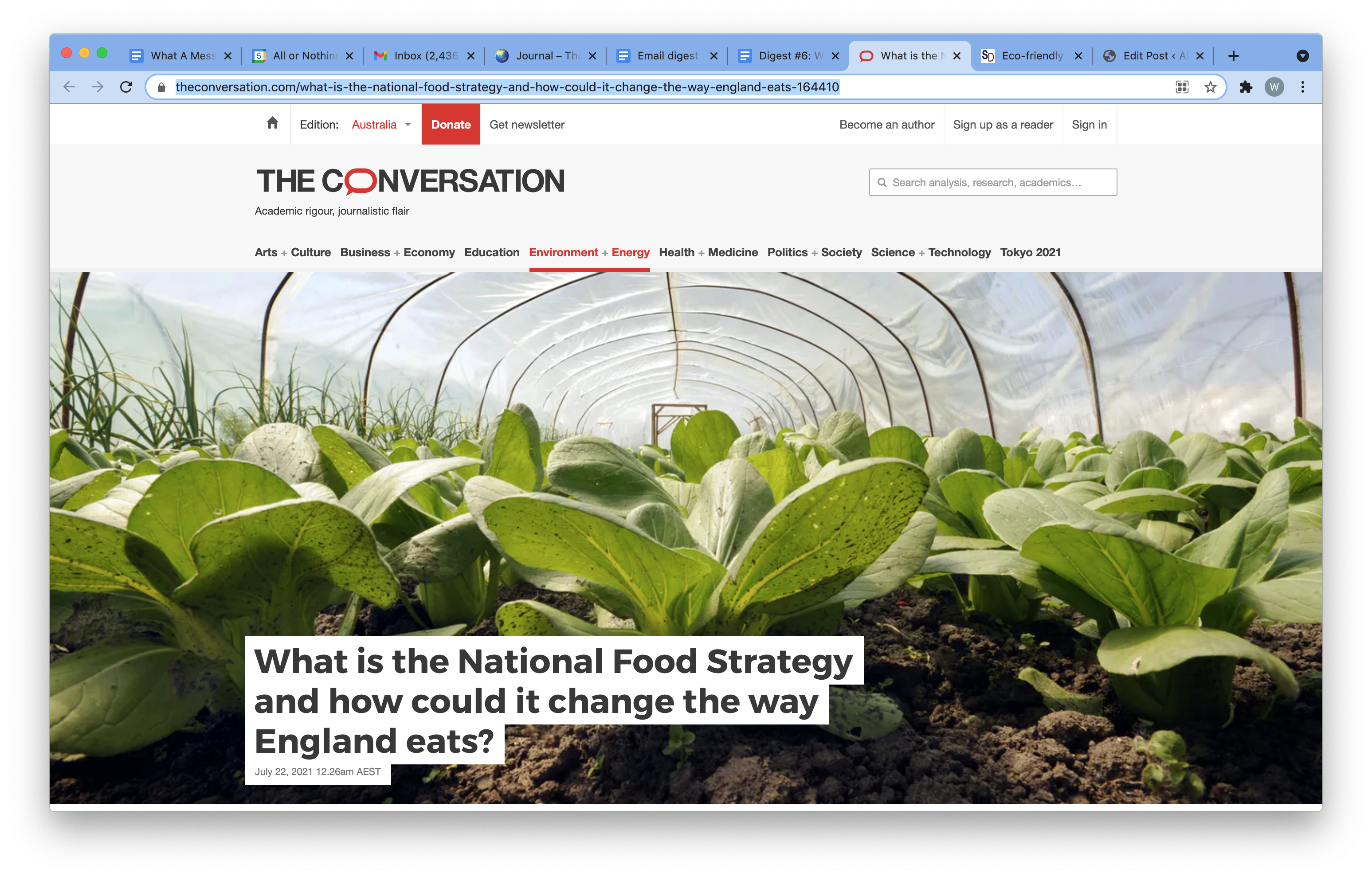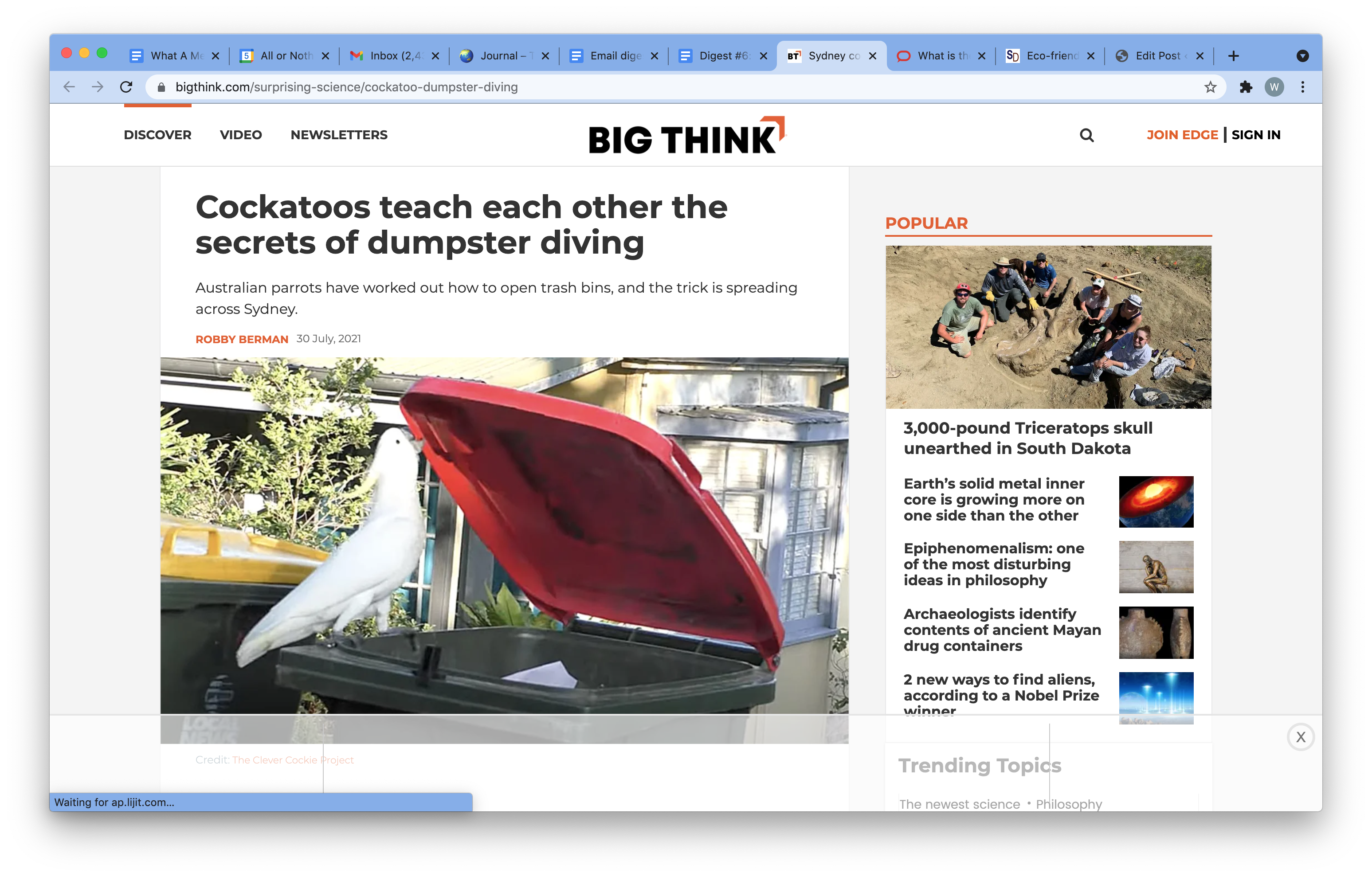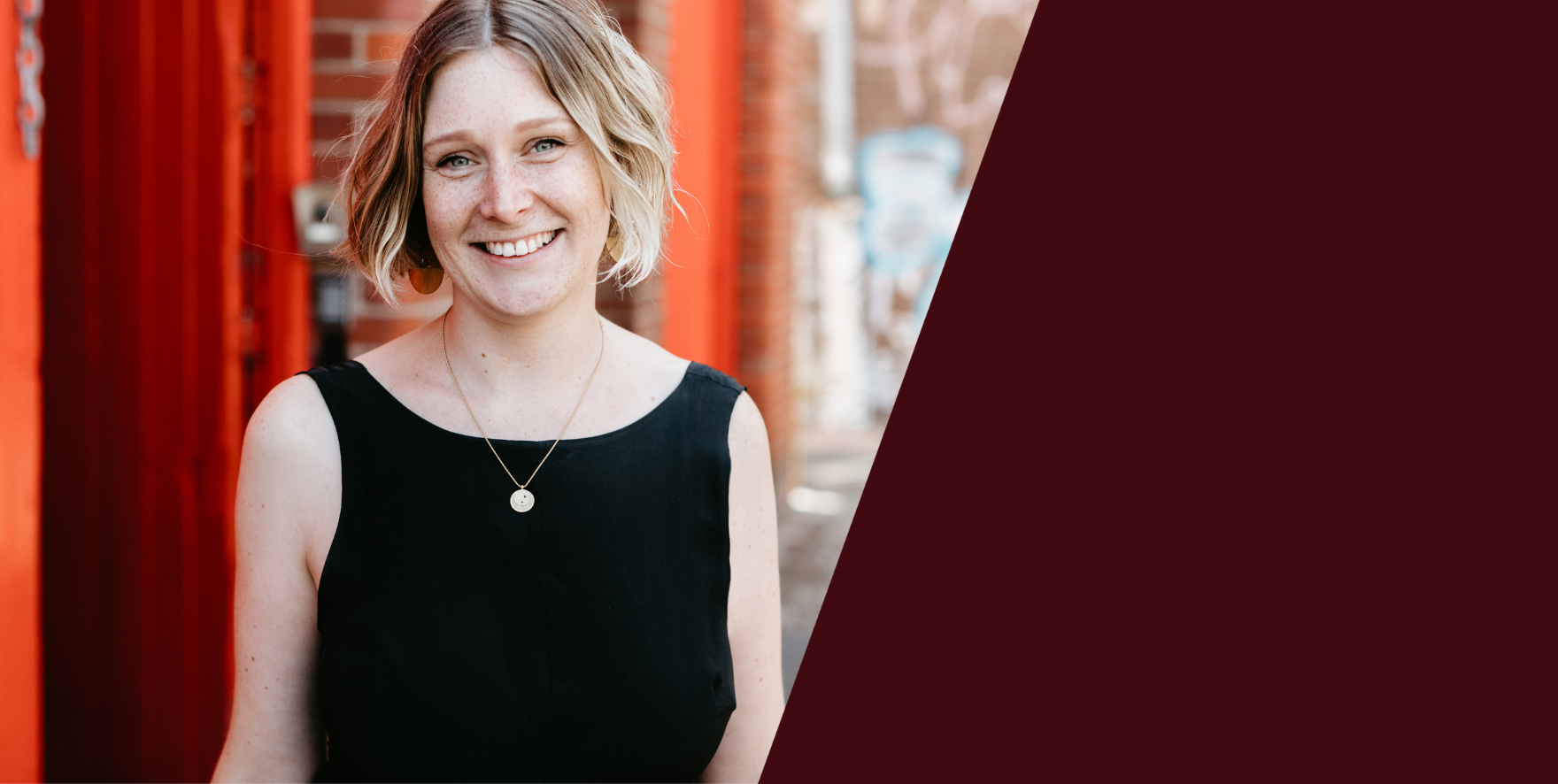Struggling to deploy hundreds of students at MIT in 1948 Paul Samuelson hit on a lucrative textbook Economics and the Circular Flow diagram which described in simple terms investment in the public sphere in the form of wages, interest etc which led to consumption met by business output in turn supported by government, tax benefits etc. Deftly simple, the model was a hit but failed to account for the easily ignored limits in place and for the complexity of the markets (and everything TBH). Oil shocks, GFCs and other adjustments have shown it for what it is.
But if we are not perpetually growing in a circular flow (or ever upward GDP trend) what are we doing and how do we know we’re on the right path?
Books like Doughnut Economics by Kate Raworth and The Art of Fairness by David Bodanis suggest we can be equally satisfied when chasing drip and fame by considering what is adequate for our needs and how we can all benefit together from prosperity.
It’s interesting to note as Turkey burns and we last month saw the ocean on fire off Mexico that people calling for strong and immediate action are considered ‘extremists’ while those nurturing slow and steady improvements are moderates. Perhaps it’s the other way around?
From the boardroom to the Antarctic here are six examples of thriving with the adequate and bringing others along for your joyride.








